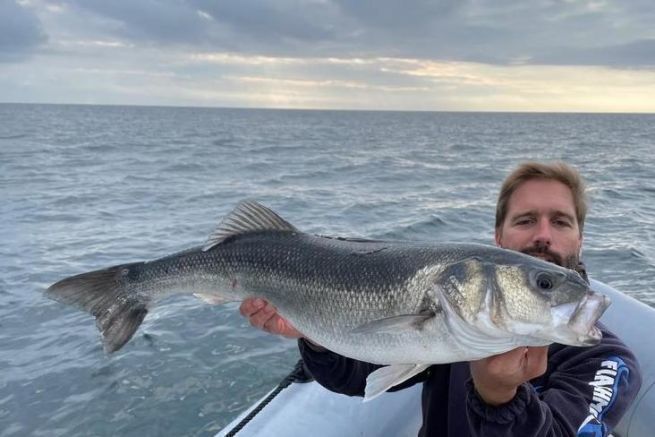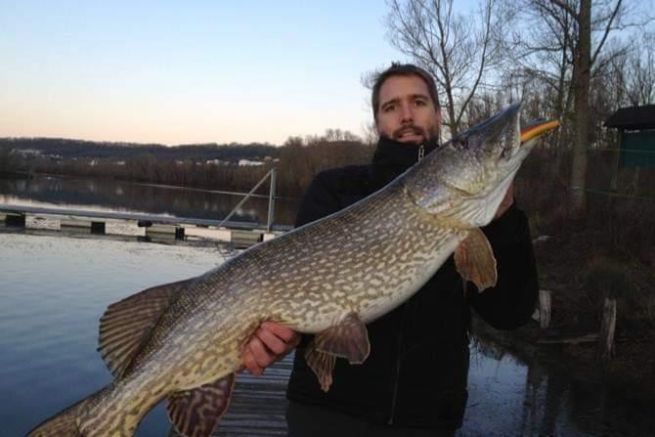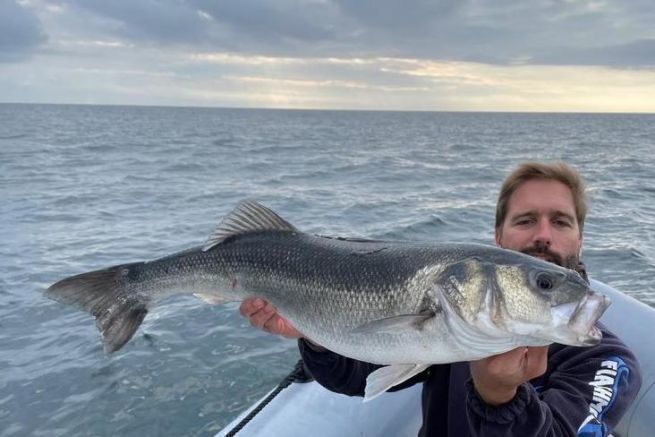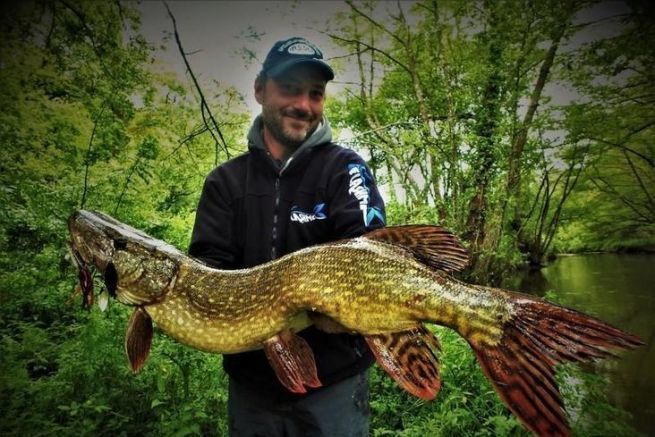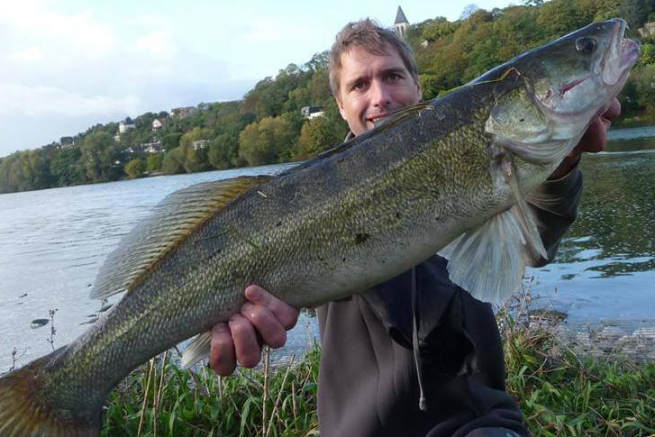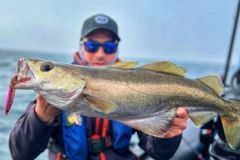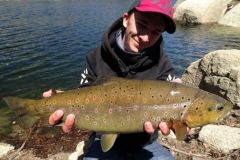In a previous topic, we looked at the symbolic bars for freshwater carnivores. In the sea, there are a huge number of species, and we've concentrated on the most coveted and imposing. But for every species, even the smallest, there are fish that stand out from the crowd.
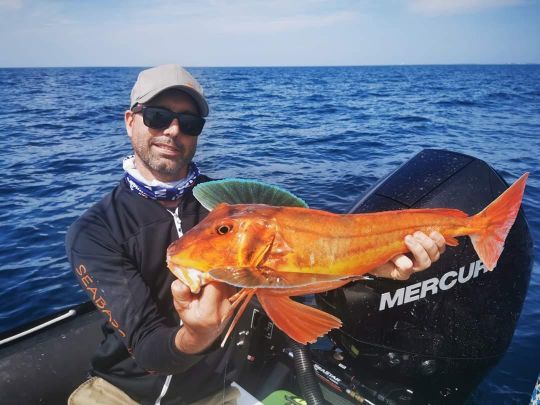
The bar
Sea bass, the favorite target of many Atlantic and Channel fishermen, has seen its population shrink considerably over the past two decades. As a result, some previously common sizes are now unattainable dreams. If the fateful 70 cm size qualifies the famous lunker, synonymous with big sea bass, it's still a relatively common, non-exceptional size.
On the other hand, fish over 80 cm become much rarer over the course of a season, or even a fisherman's lifetime. Today, 90 cm remains the bar to cross to catch the fish of a lifetime. There must be a few specimens over a metre here and there, but today they seem to be the stuff of fantasy.
Le lieu jaune
Like sea bass, populations of pollack have really declined in recent years. Fish over 80 cm, though large, are still relatively common. It's mainly the 90 cm mark that you need to reach to consider your catch a very big pollack. Finally, fish over a metre in length are quite rare today, as are the anglers who have the pleasure of meeting them in the end.
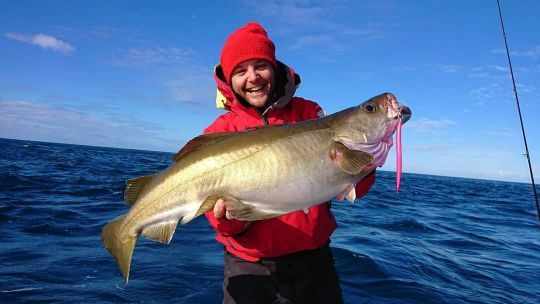
The old
Although not much sought-after by anglers specifically, the old one is a common catch and very interesting for its beauty and power. A large specimen, over 50 cm, will force you to use a bridle on the first rush if you hope to get it out! Fish over 60 cm are much less common, and it's with a catch of over 65 cm that you can consider yourself to have caught a record!
Tuna
The average size of tuna caught in France varies from region to region. And if the famous 1000-pound granders caught on Cape Cod are unknown to us, we have (particularly in Brittany) fish weighing over a hundred kilos.
The south of France is mainly populated by "small" fish weighing up to 40 kg, but in Brittany, a 100 kg fish is nothing exceptional. To qualify as a "big" catch, you'd have to exceed 200 kg, then 250 kg for a "very big" tuna and finally 300 kg for an exceptional catch. However, it is highly probable that reaching these sizes is limited more by the equipment used than by the fish populations present.
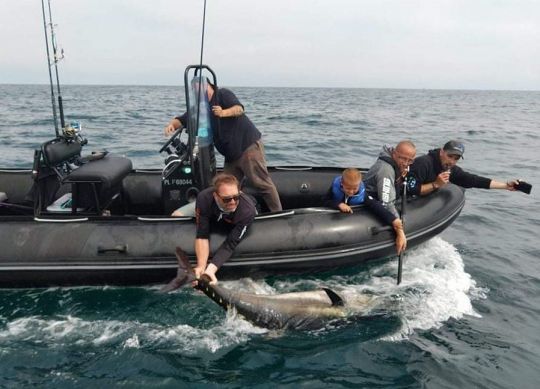
The skinny
Like sea bass and pollack, meagre populations in France have been decimated by overfishing. The fish of a lifetime should logically exceed 2 meters, but this now seems impossible. So it's probably the 1.80 m mark that has Atlantic coast fishermen dreaming. But while waiting for this exceptional fish, they'd be happy with a very large fish over 1.70 m, or even with regular catches of large meagre fish over 1.50 m.
Sea bream

The last emblematic fish of the Atlantic and Mediterranean, the gilthead bream. Along with pagre and denti, it's the biggest sparid you can catch in France.
Big fish are rare in the south of France, but the populations still present in Brittany demonstrate the fishing potential of this fish. Indeed, there are spots where a 50 cm fish is a very common catch.
We start talking about big bream from 60 cm upwards, then very big bream when we pass the 70 cm mark (around 5 kg), and it's certain that rare but very real fish over 80 cm are present in our waters...
